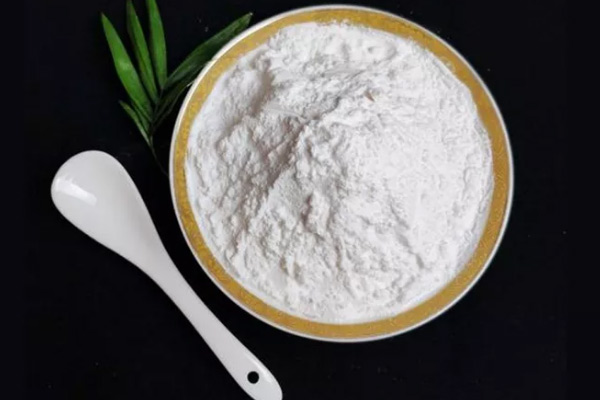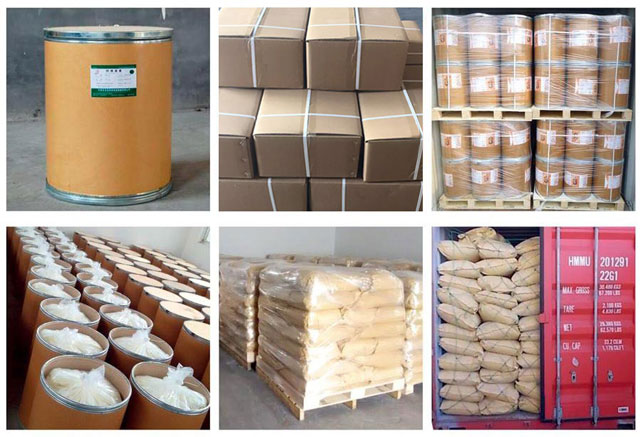- Product Name: L-Valine
- Appearance: White Crystal Powder
- Application: Pharmaceutical & Feed Additives
- CAS NO.: 72-18-4
- MF: C5H11NO2
L-Valine, the white crystalline powder in appearance, is easily soluble in water, but insoluble in ethanol. L-valine is an essential amino acid, which means that the body cannot produce it on its own and must be supplemented through dietary sources. Its natural food sources include grains, dairy products, shiitake, mushrooms, peanuts, soy protein, and meat, among others.
L-valine belongs to branched chain amino acid (BCAA), and it is also 8 essential amino acids and glycogenic amino acids, so it can promote the normal growth of the body, repair tissues, regulate blood sugar, and provide the required energy.
Main Function of L-Valine Amino Acid
- Most importantly, L-valine, along with two other high concentrations of amino acids (isoleucine and leucine), are able to synthesize BCAAs to provide our body with the energy it needs. It can avoid the symptoms of neurological disorders, stopped development, weight loss, anemia caused by lack of L-valine amino acid, while helping us replenish energy, increase endurance, restore and repair muscle tissue.
- As an essential amino acid, L-valine supplement may be needed by anyone who does not consume adequate amounts in their diet. Athletes such as bodybuilders and runners may also need extra L-valine supplement if they regularly exercise vigorously.
- L-valine amino acid is also an important intermediate in the synthesis of an immune antibiotic, and it can also promote the growth rate of livestock. Especially in the study of sows during lactation, it was found that L-valine is the limiting amino acid in the diet of lactating livestock (sows).
-
Uses of L-valine Powder
- Why Choose Us
-
Production Process
- An essential amino acid for the human body. Adult men need 10mg/(kg · d), and the physiological effect of L-valine is twice that of D-valine. If the human body lacks L-valine amino acid, it can cause neurological dysfunction, growth stagnation, weight loss, anemia, etc.
- As a nutritional supplement, it can be combined with other essential amino acids to prepare amino acid infusion and comprehensive amino acid preparations.
- Food grade l-valine powder can be used in rice cakes and breads to improve flavor.
- Feed grade l-valine can increase the milk production of animals, improve the immune function of animals, and affect the endocrine level of animals.
- Well Experienced. As a leading manufacturer and supplier, Megaman has more than 15+ years’ experience in producing and exporting various amino acid products.
- Trusted Services. We always try our best to provide the good quality products and factory prices for all the clients.
- Stable Supply. We have our own large warehouse, which can provide customers with sufficient supply.
- Fast Delivery. We have a good cooperation with a lot of cargo agents and shipping companies.
- Microbial fermentation
The microbial fermentation method has the advantages of low cost of raw materials, mild reaction conditions, and large-scale production. The valine produced by the fermentation method is all L-type and does not require optical analysis. The strains of the fermentation method are Micrococcus glutamicum, Brevibacterium ammoniagenes, Escherichia coli and Aerogenes. In addition, glucose, urea and inorganic salts can be used as the medium.
2. Chemical Synthesis
The characteristics of chemical synthesis methods are high cost, complicated reaction, many steps and many by-products. Using isobutyraldehyde as raw material, there are many methods for synthesizing racemic valine. For example, isobutyraldehyde and ammonia generate aminoisobutanol, which is combined with hydrogen cyanide to synthesize aminoisobutyronitrile, and then hydrolyzed to obtain valine. In addition, there are various methods for the separation of racemates, such as enzymatic hydrolysis of acyl-DL-amino acids, followed by separation based on the solubility difference between free amino acids and acylated forms.

